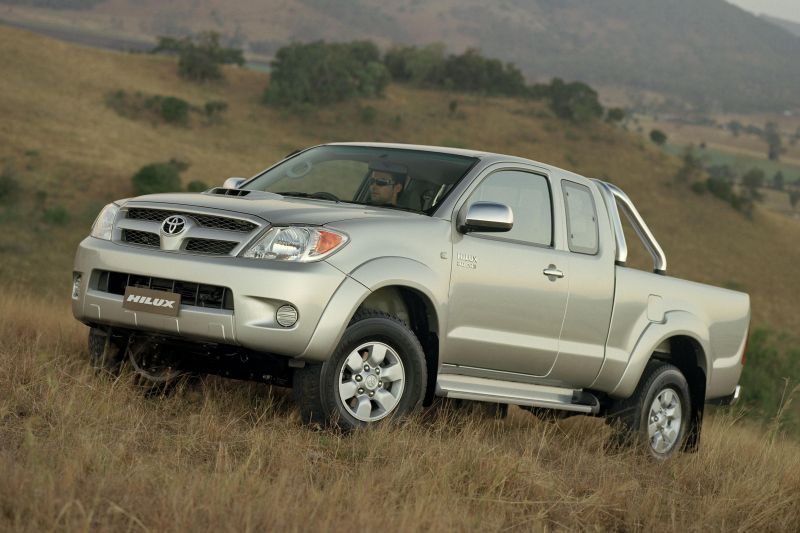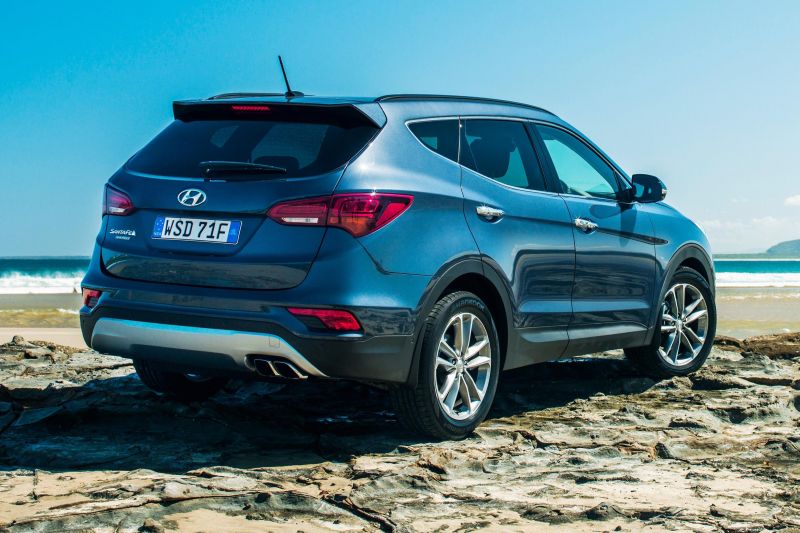The ripple effects of overseas conflicts helped drive up used car prices in Australia in March, but they’re ultimately expected to remain on a downward trajectory.
Moody’s Analytics says Houthi attacks overseas have led to disruptions in Red Sea shipping routes, which in turn have forced carriers to opt for different routes and subsequently driven up shipping costs and led to delivery delays.
The financial intelligence company expects the effects of these Red Sea disruptions to stabilise over the coming months, with carmakers adapting to these challenges – and, because of their margins, potentially not transferring higher transportation costs to consumers.
“The forecast carries more upside risk than a few months ago. If the Red Sea situation deteriorates, it could lead to prolonged disruptions that could push carmakers to eventually increase prices due to higher transportation costs, affecting the new-vehicle market and, consequently, the used-vehicle market,” said Moody’s Analytics associate economist Catarina Noro.
“However, this scenario is considered a risk and it is not expected to materialise in our baseline forecast.”
March was the third month in a row where used vehicle prices increased overall. From February to March, they increased by 1.1 per cent for cars, and 2.3 per cent for utes and SUVs.
Retained value also increased by 0.9 per cent and 2.0 per cent, respectively, for these segments.
Used car prices typically fall when new car supply is stronger, and with supply out of Japan and China improving, Moody’s Analytics projects this is precisely what will happen.
However, it expects the decline in average market price to be less steep than last year: 8.7 per cent, compared to 9.8 per cent.
In March 2024, used vehicle prices overall were 14.8 per cent lower than their peak in May 2022, but remain 47 per cent higher than the pre-pandemic level in February 2019.





